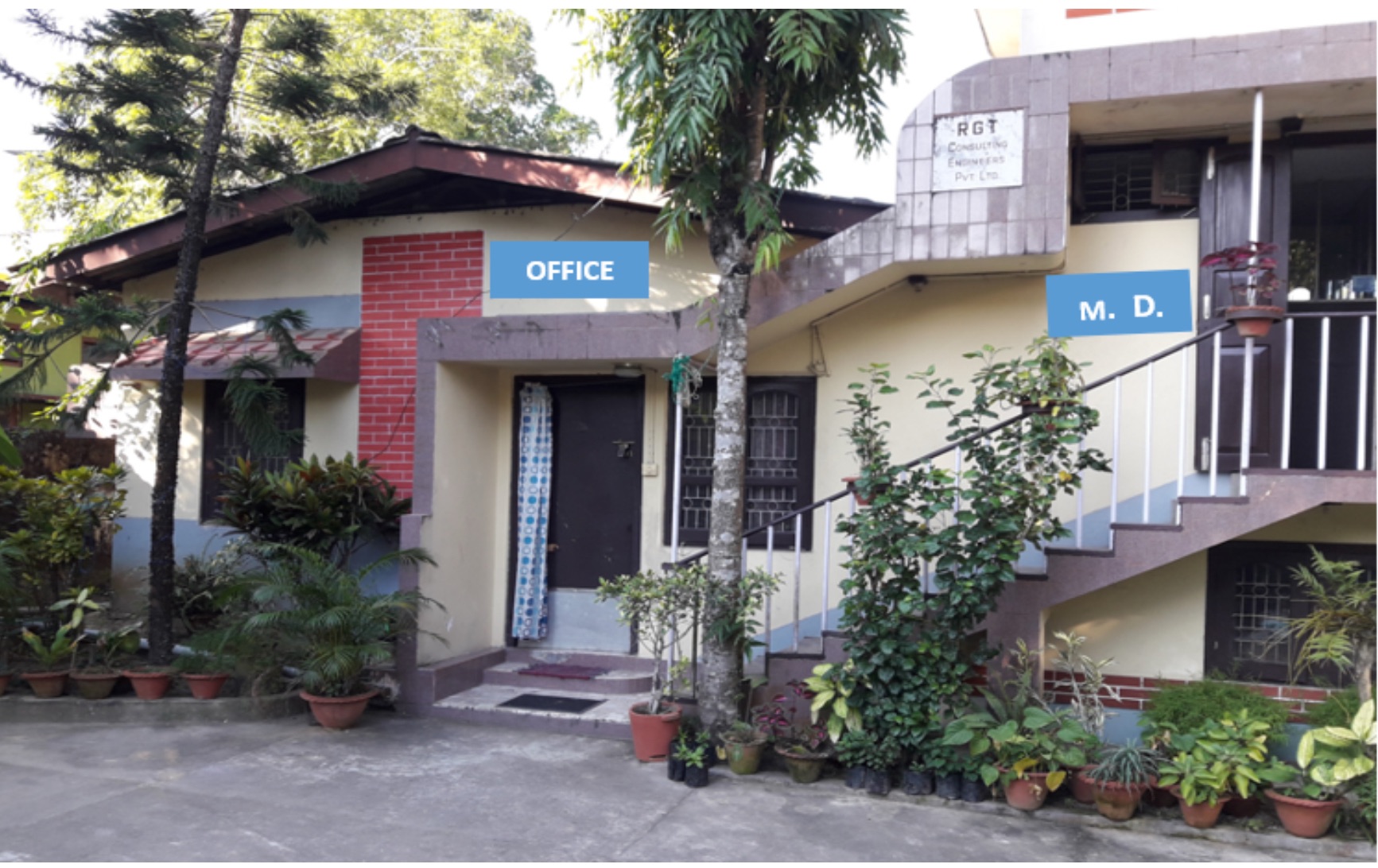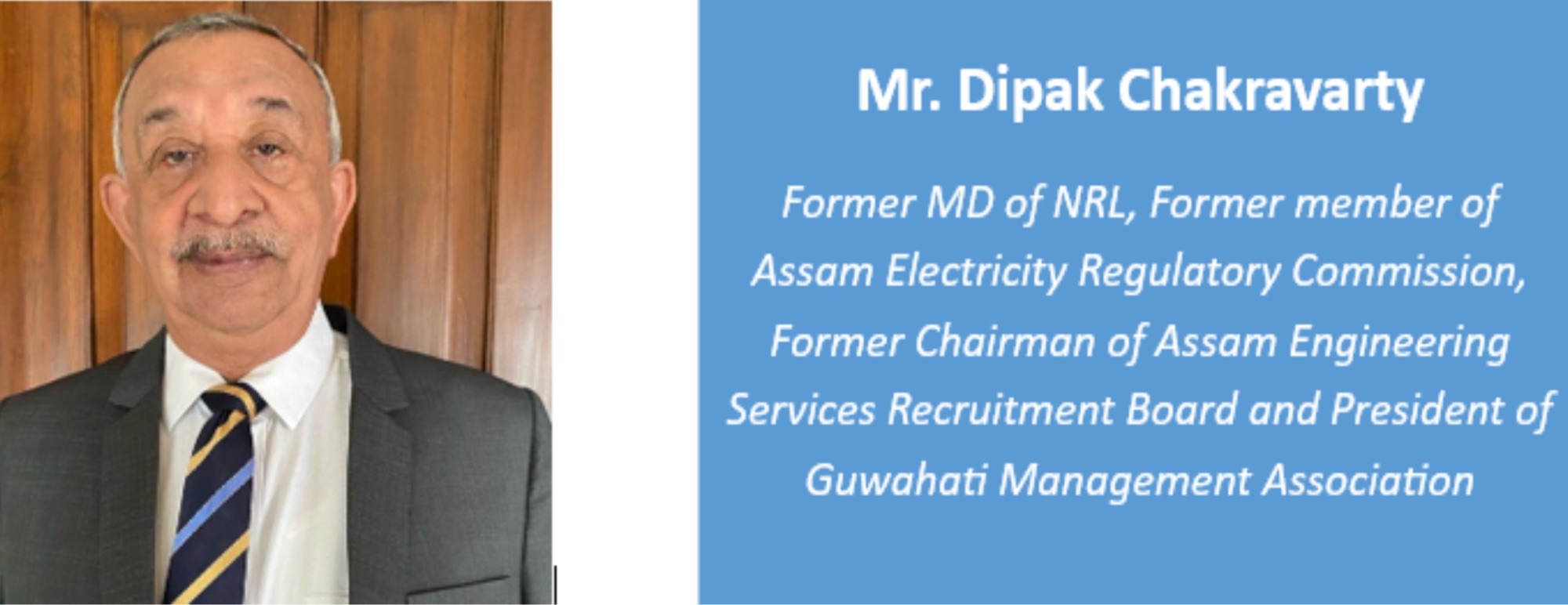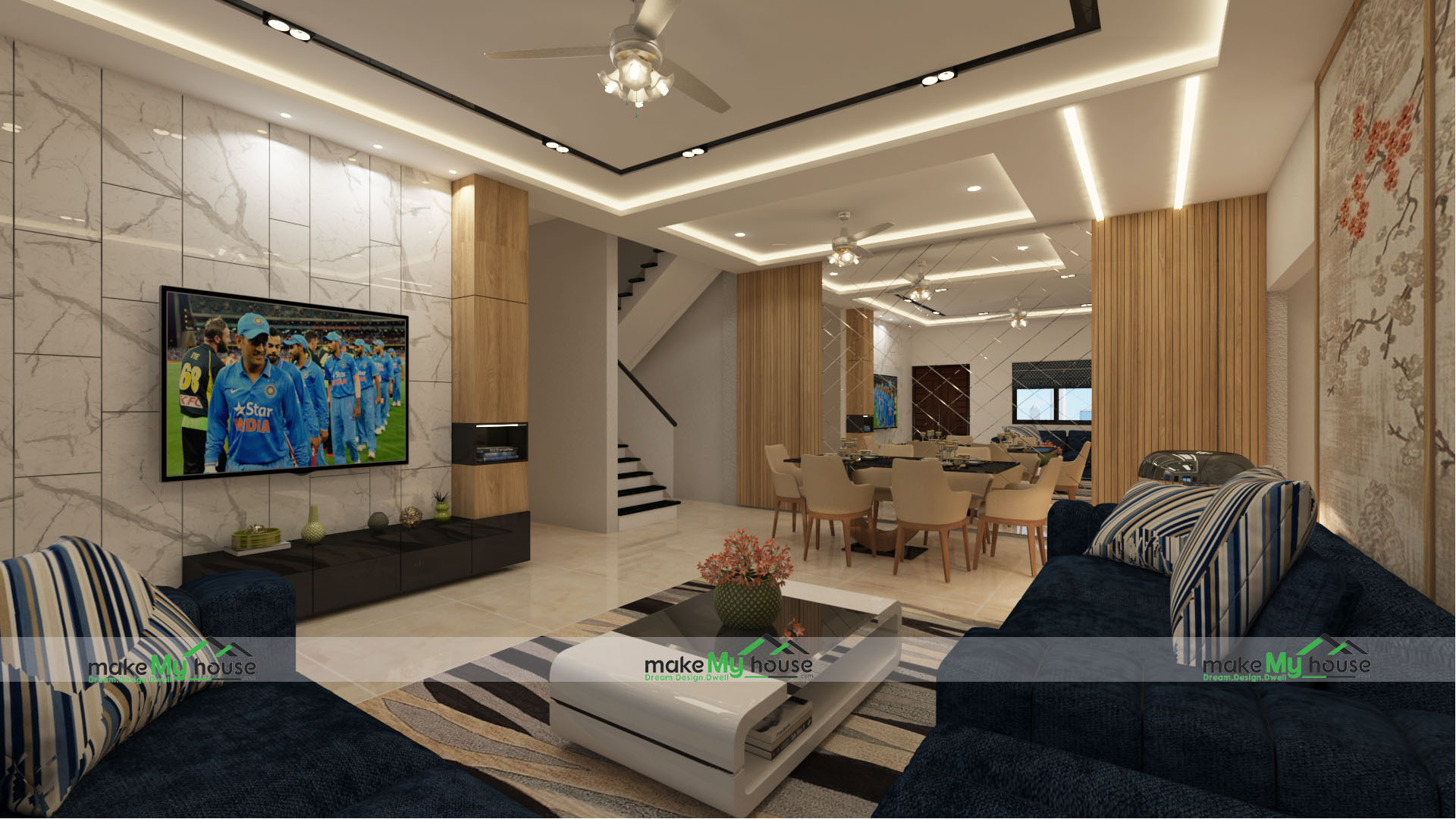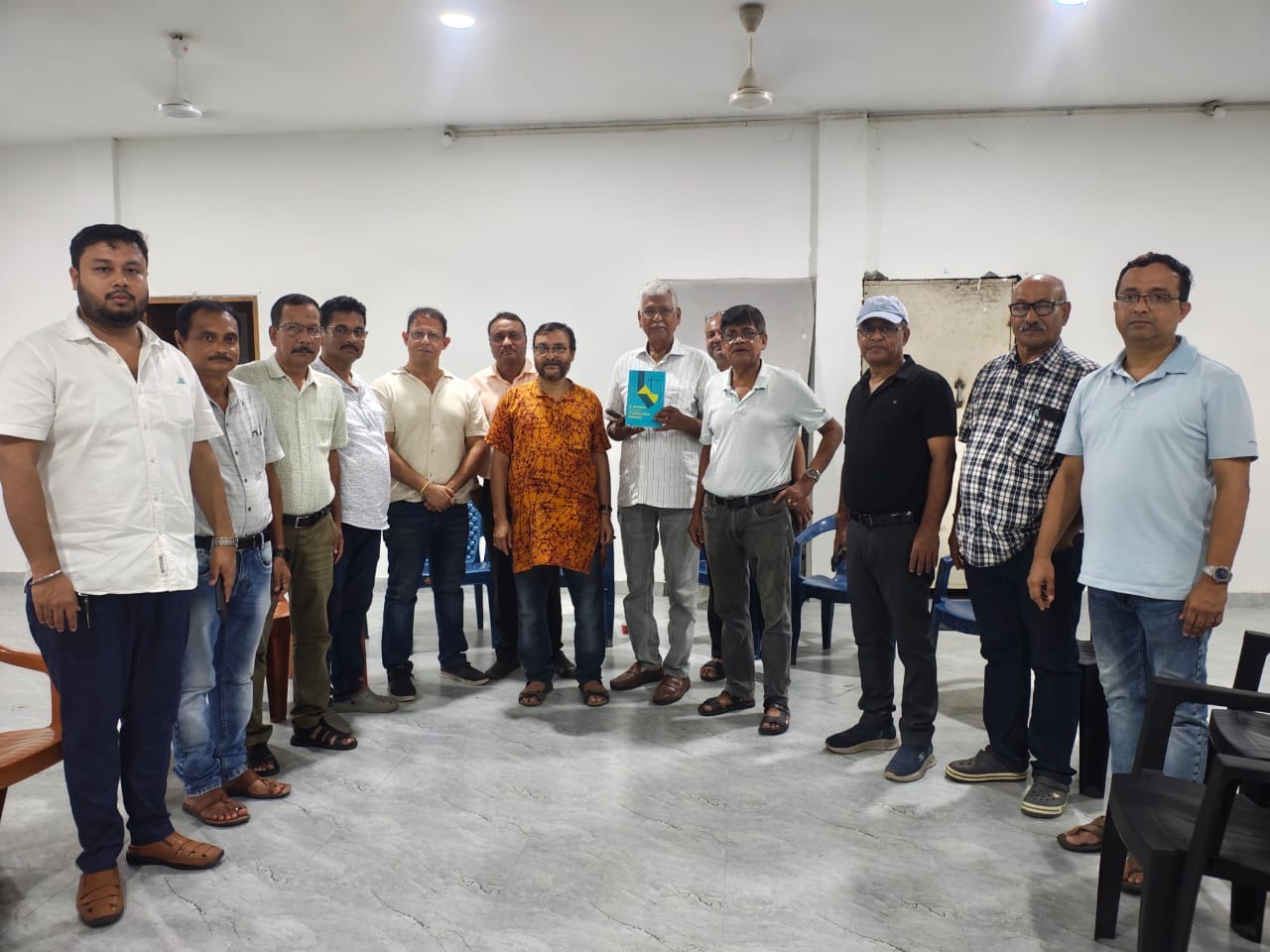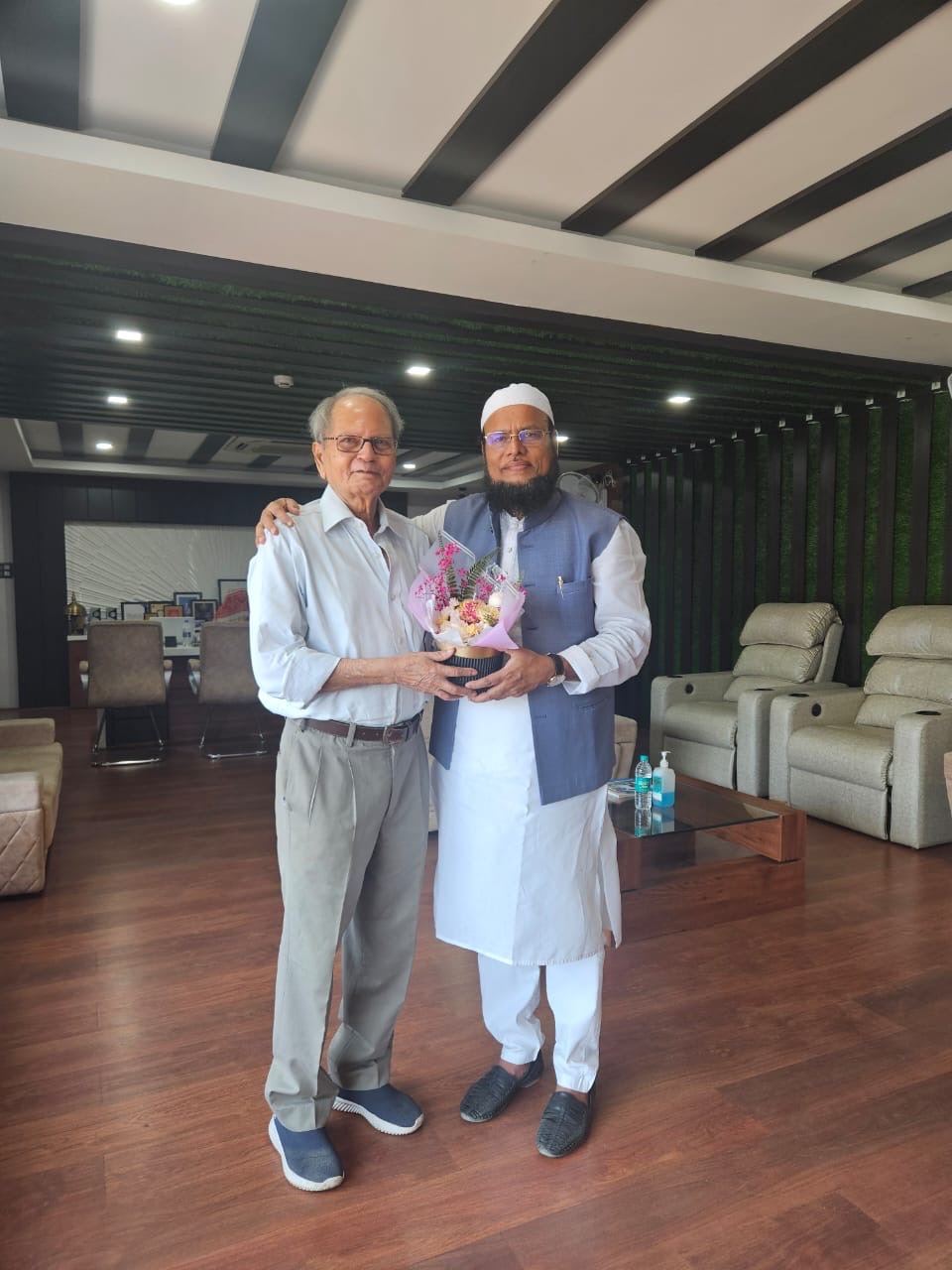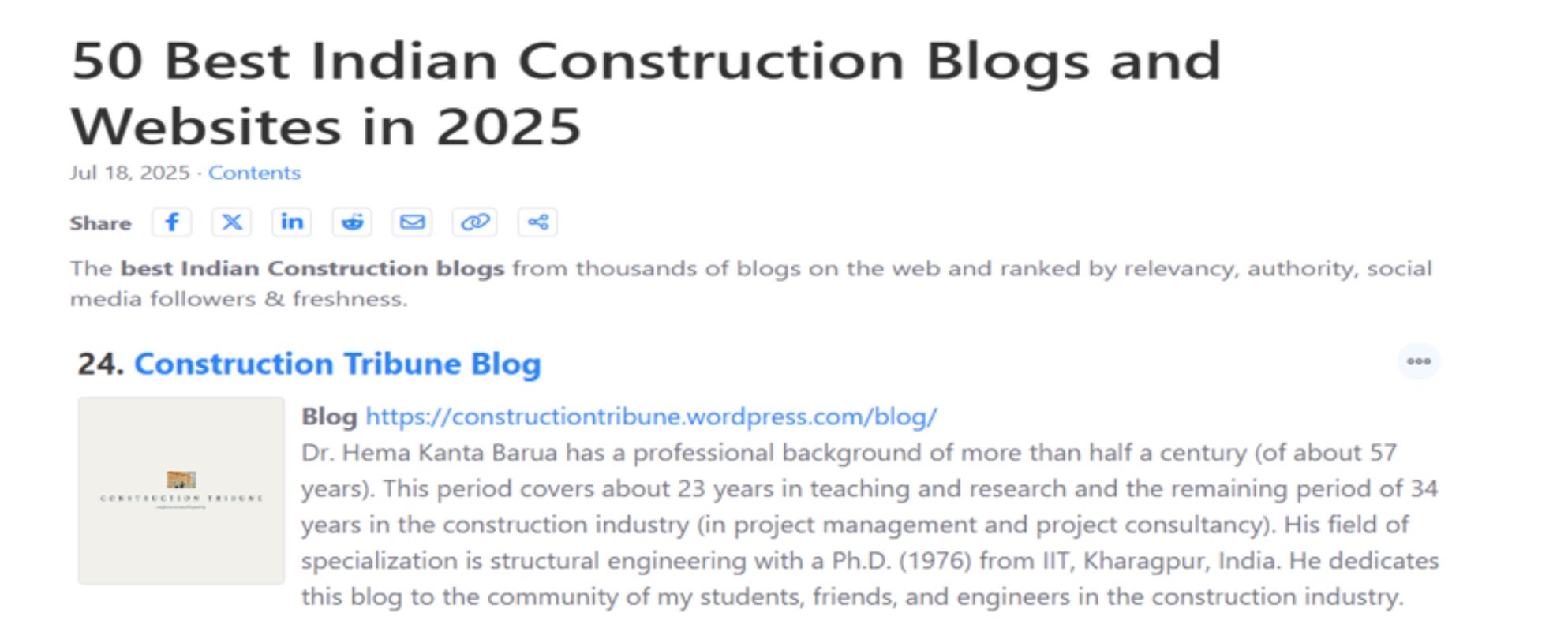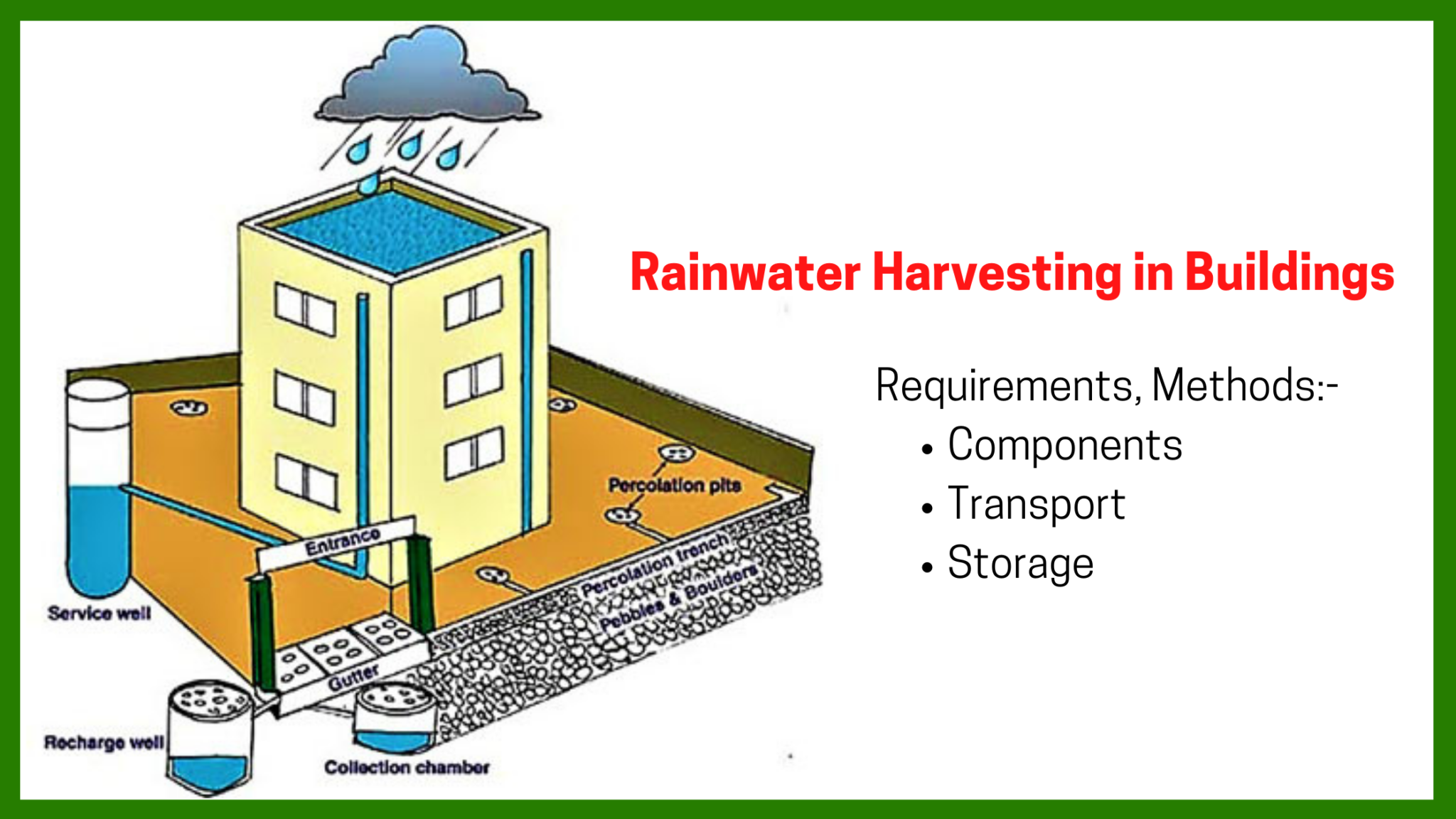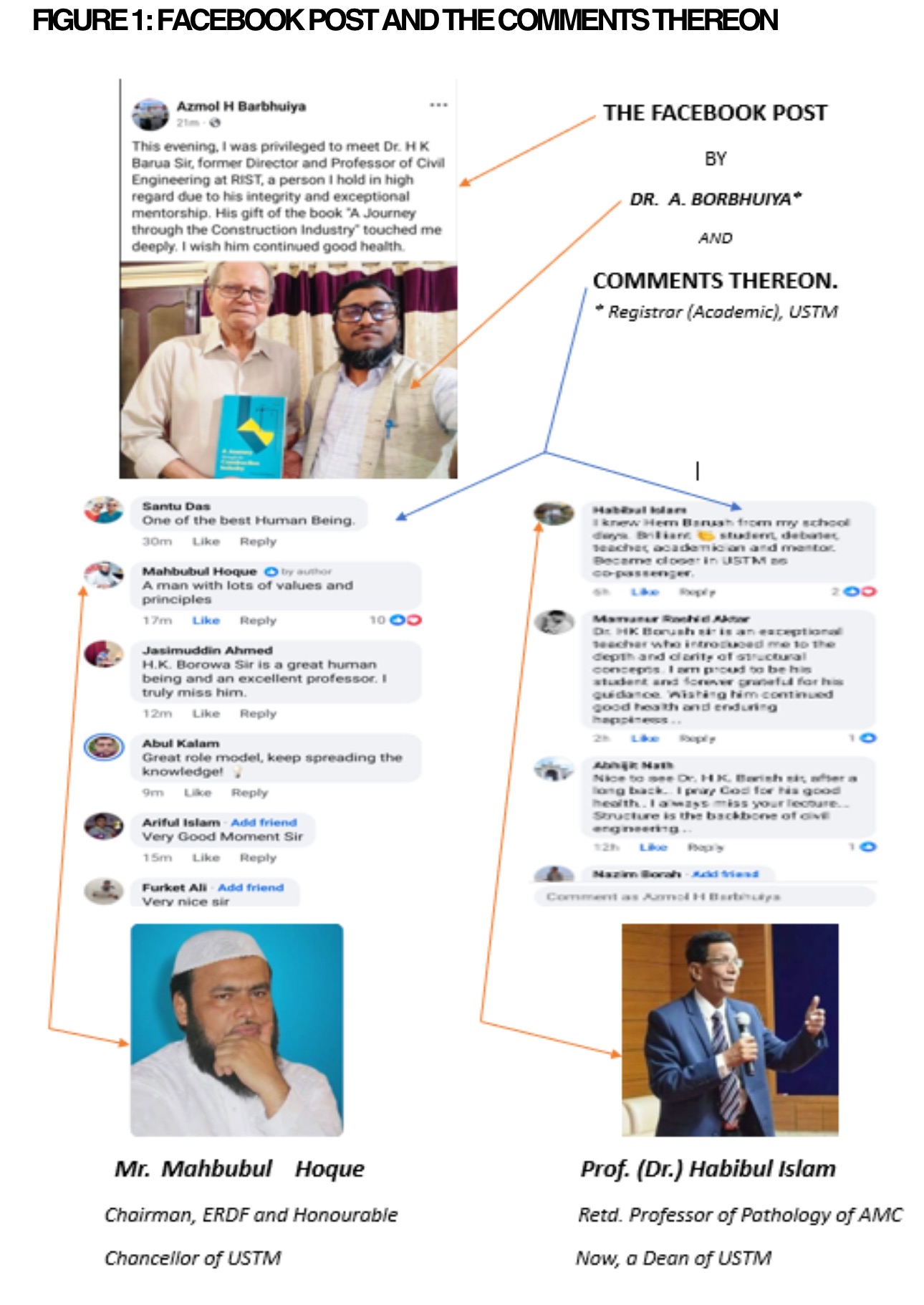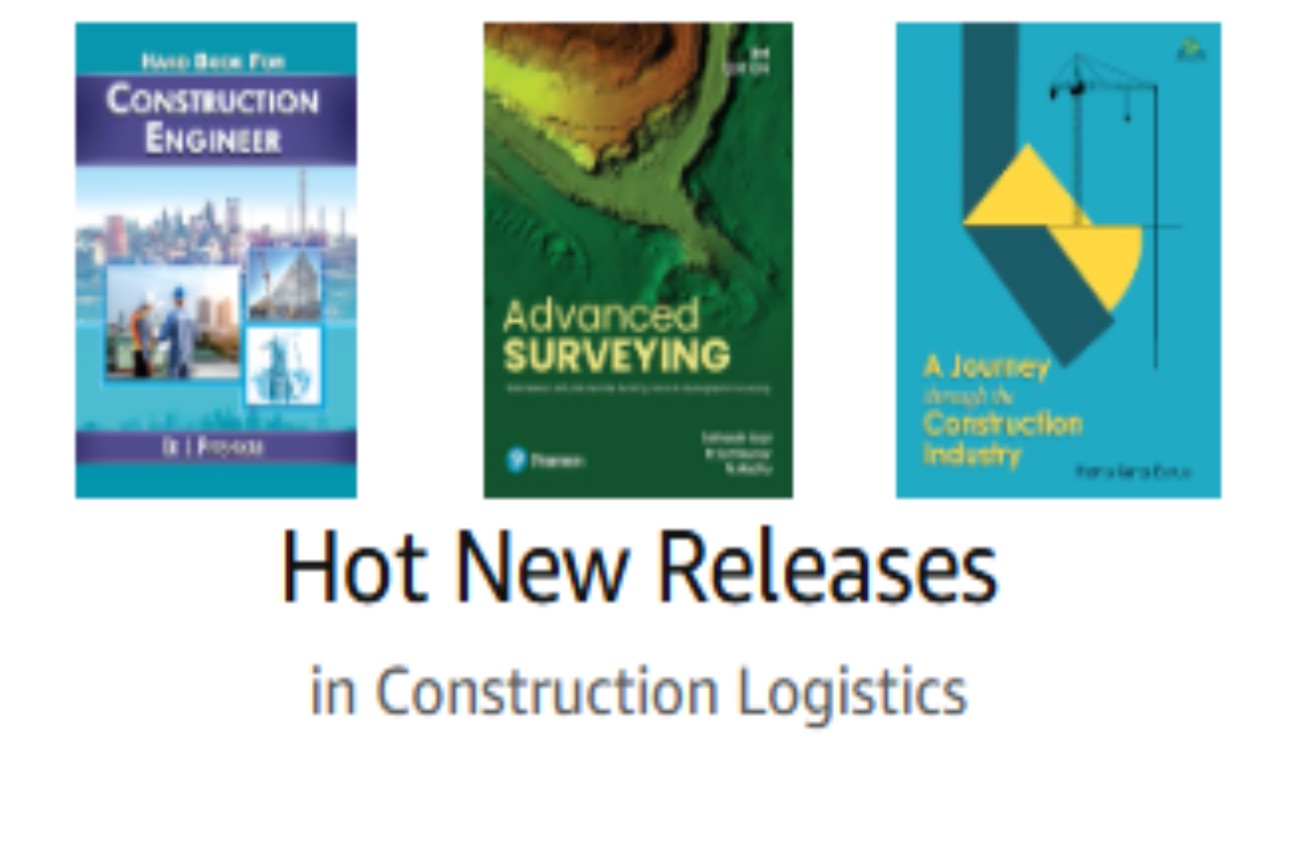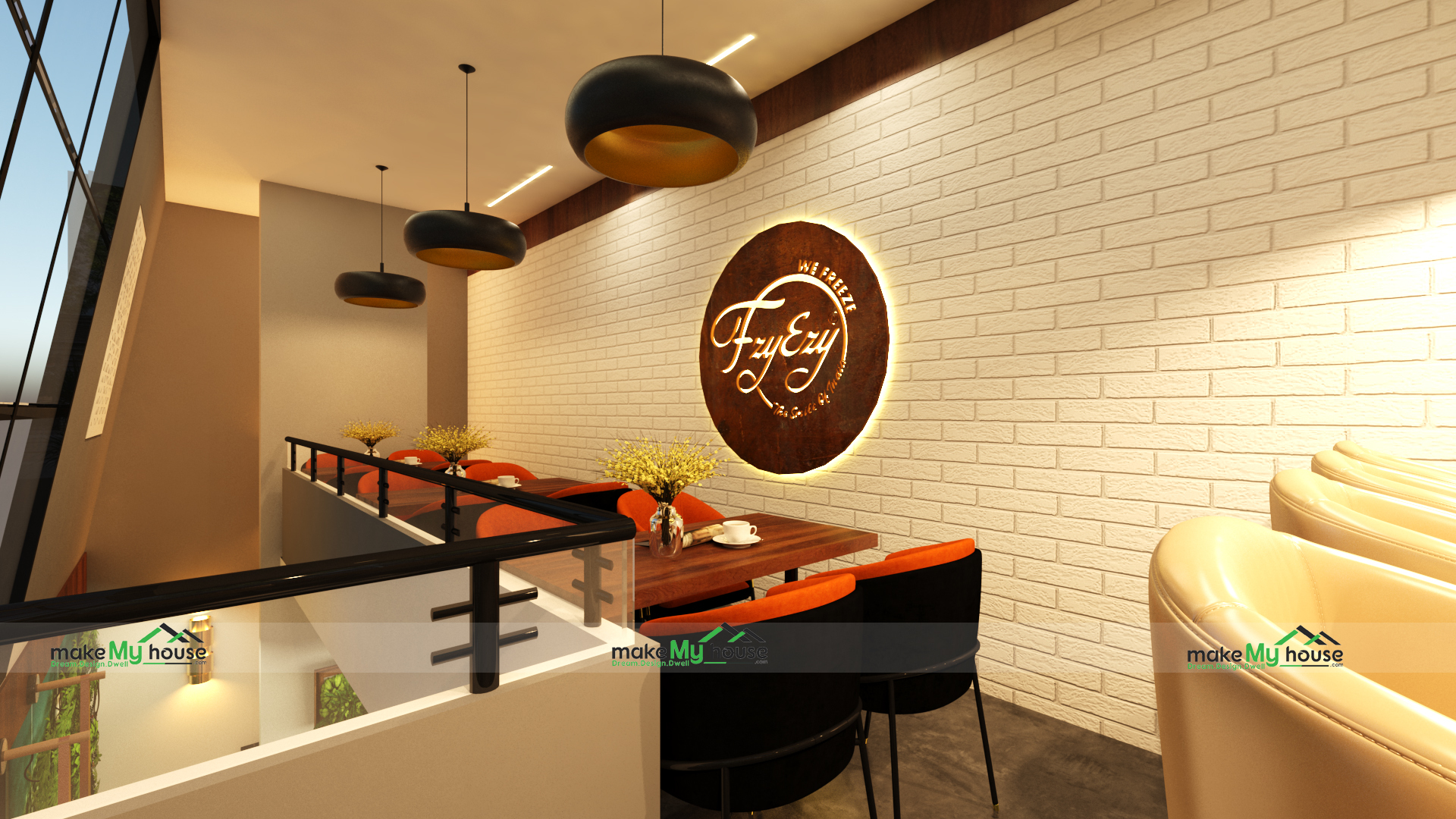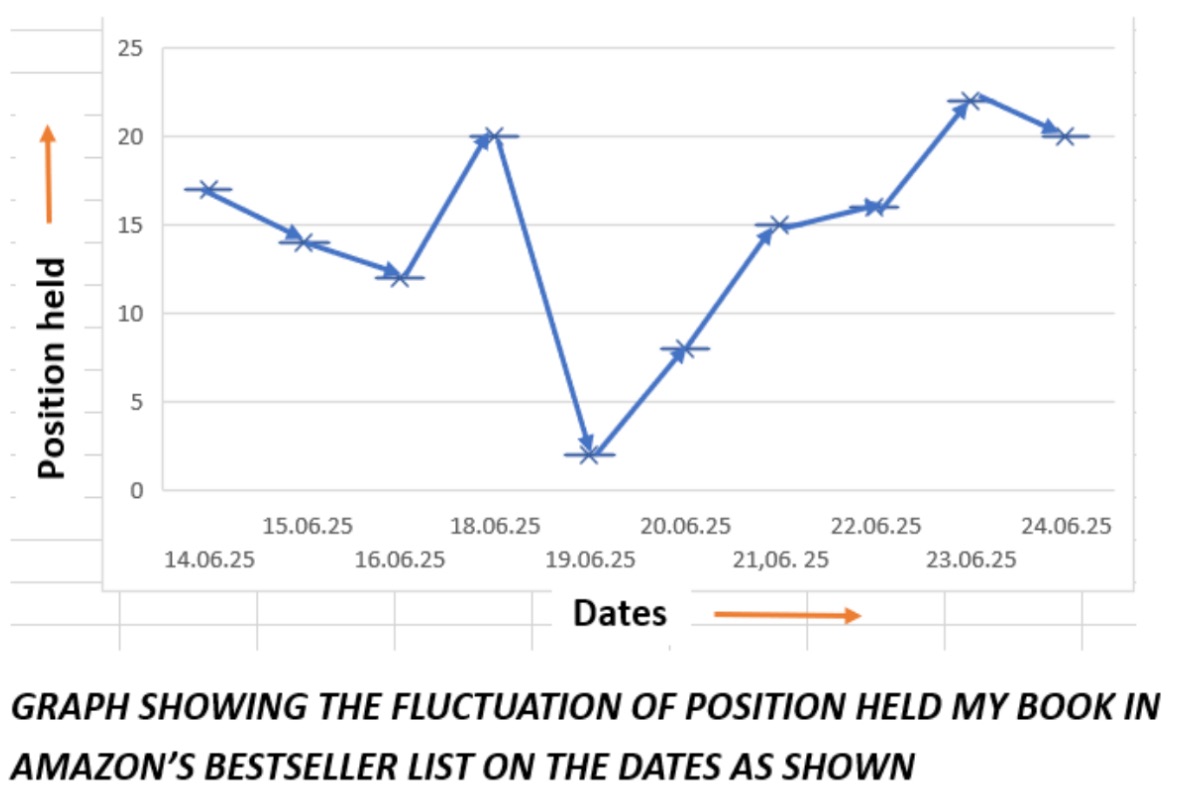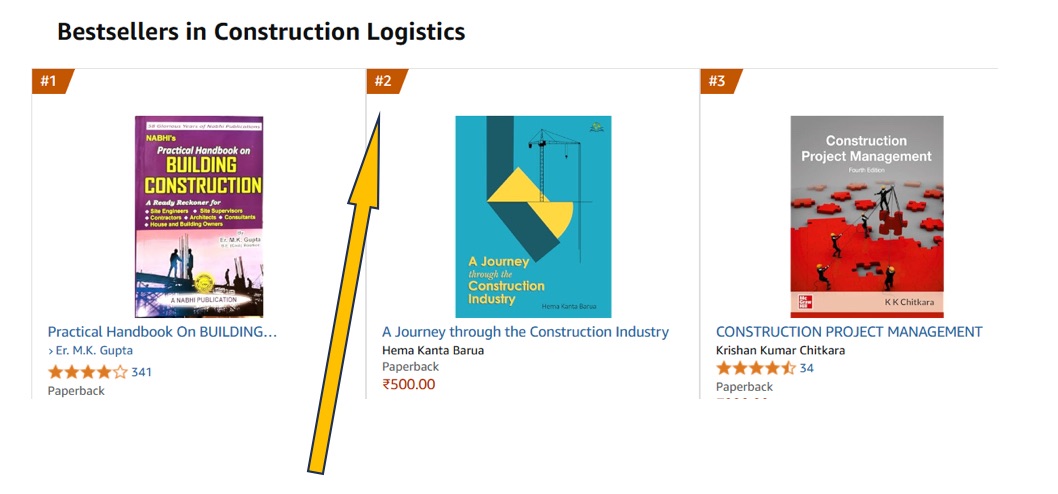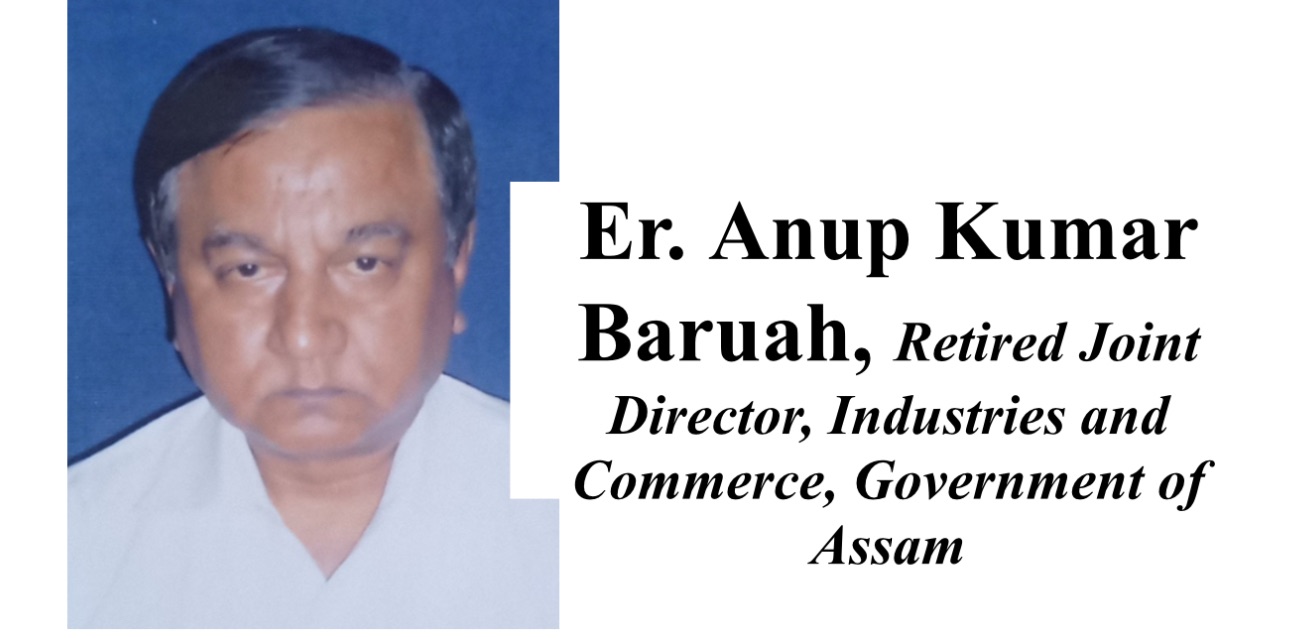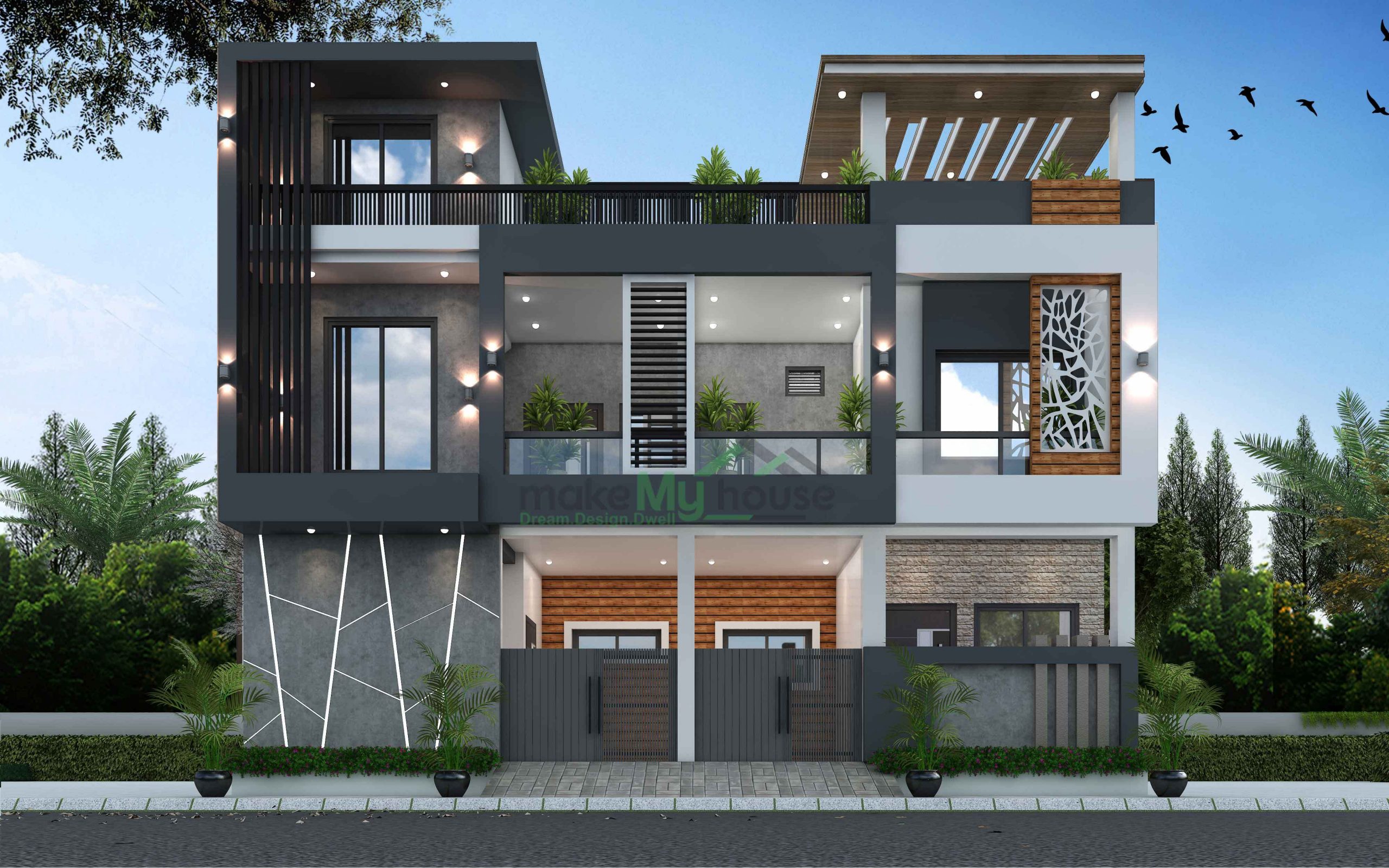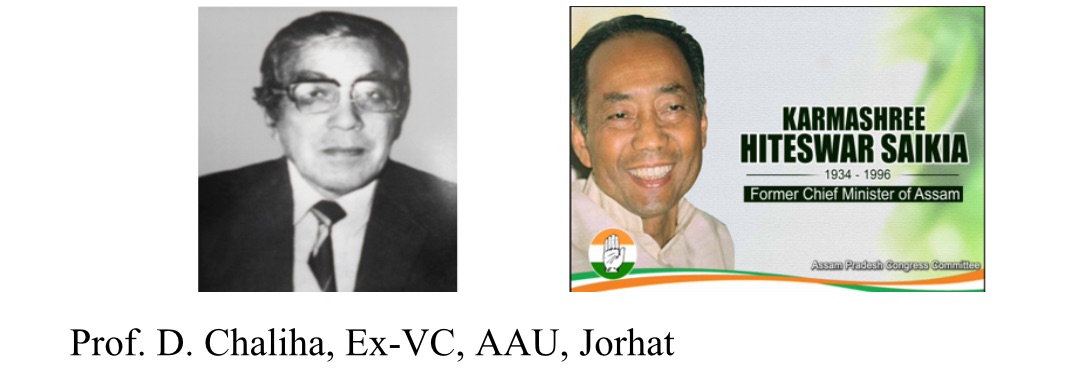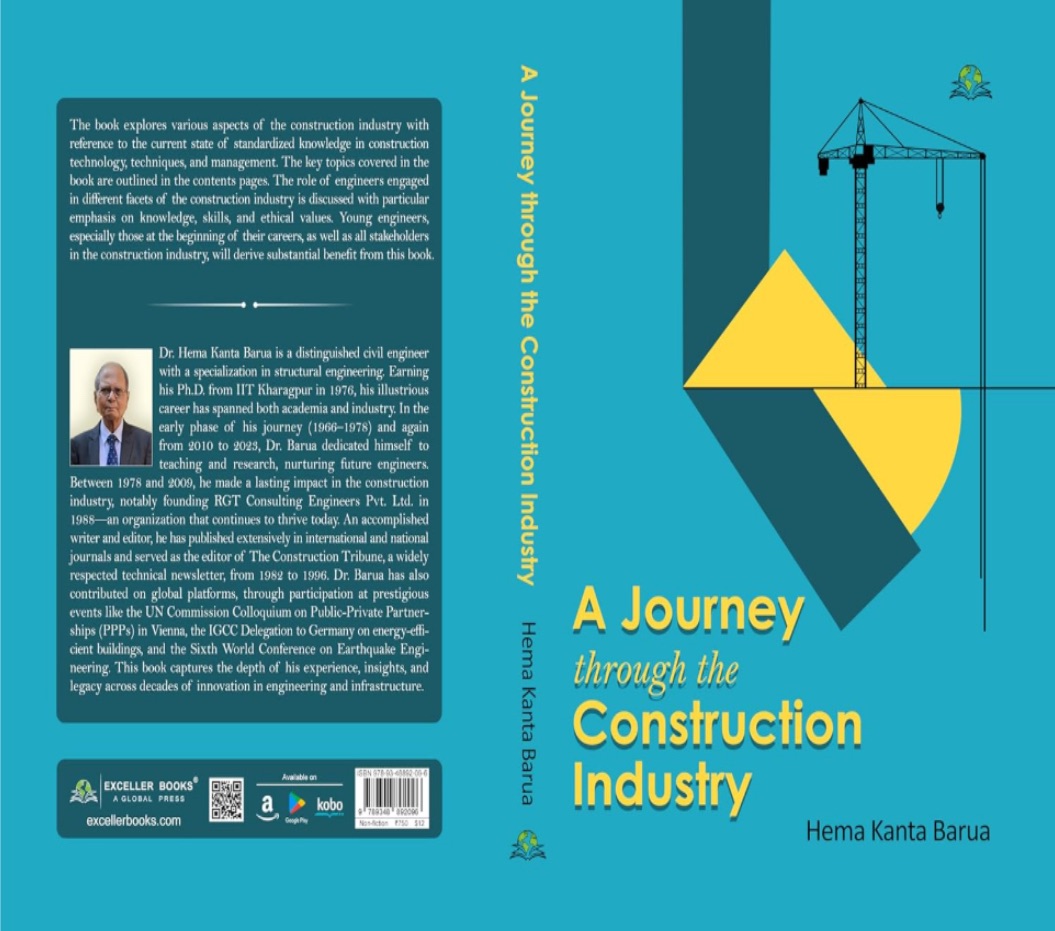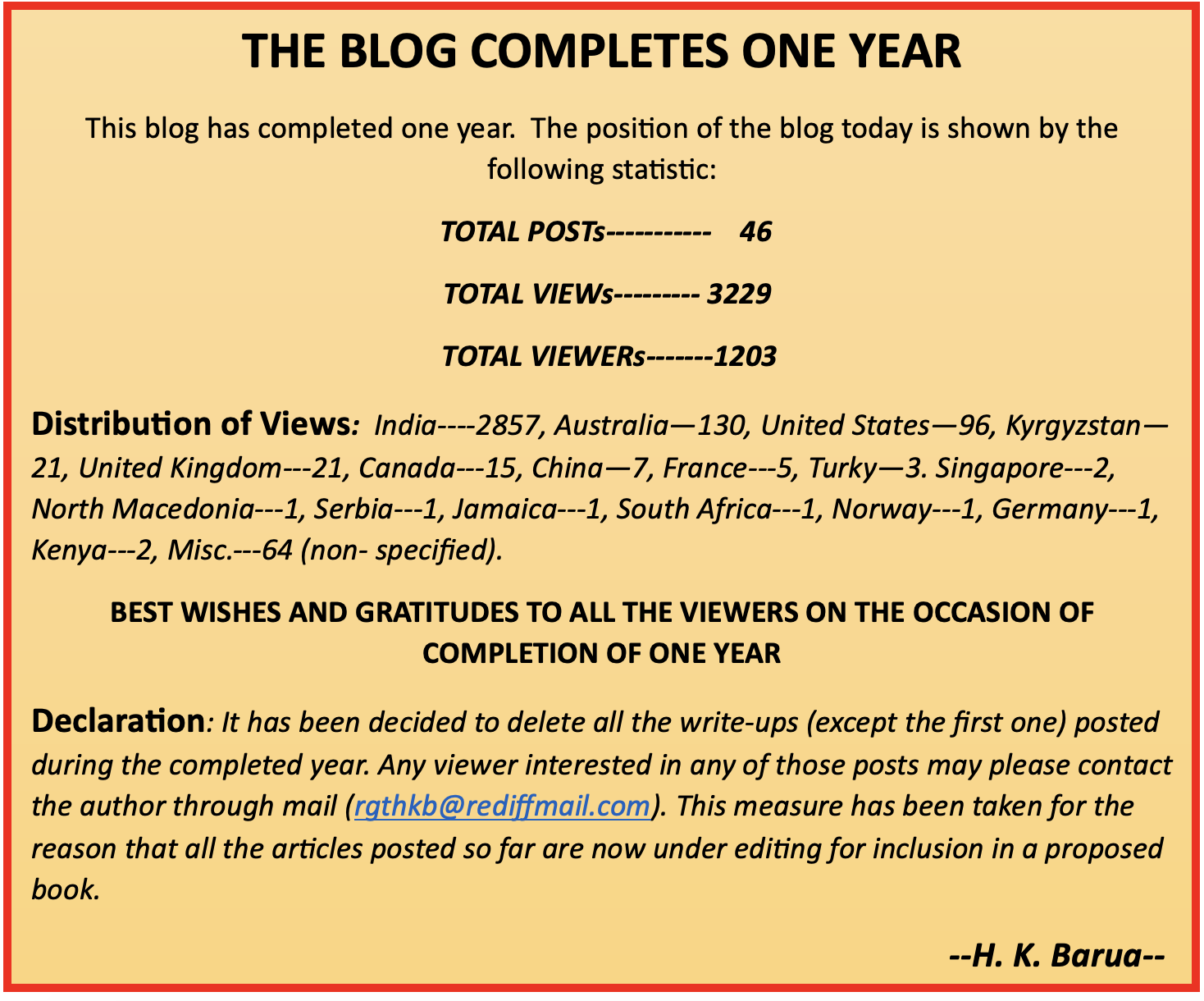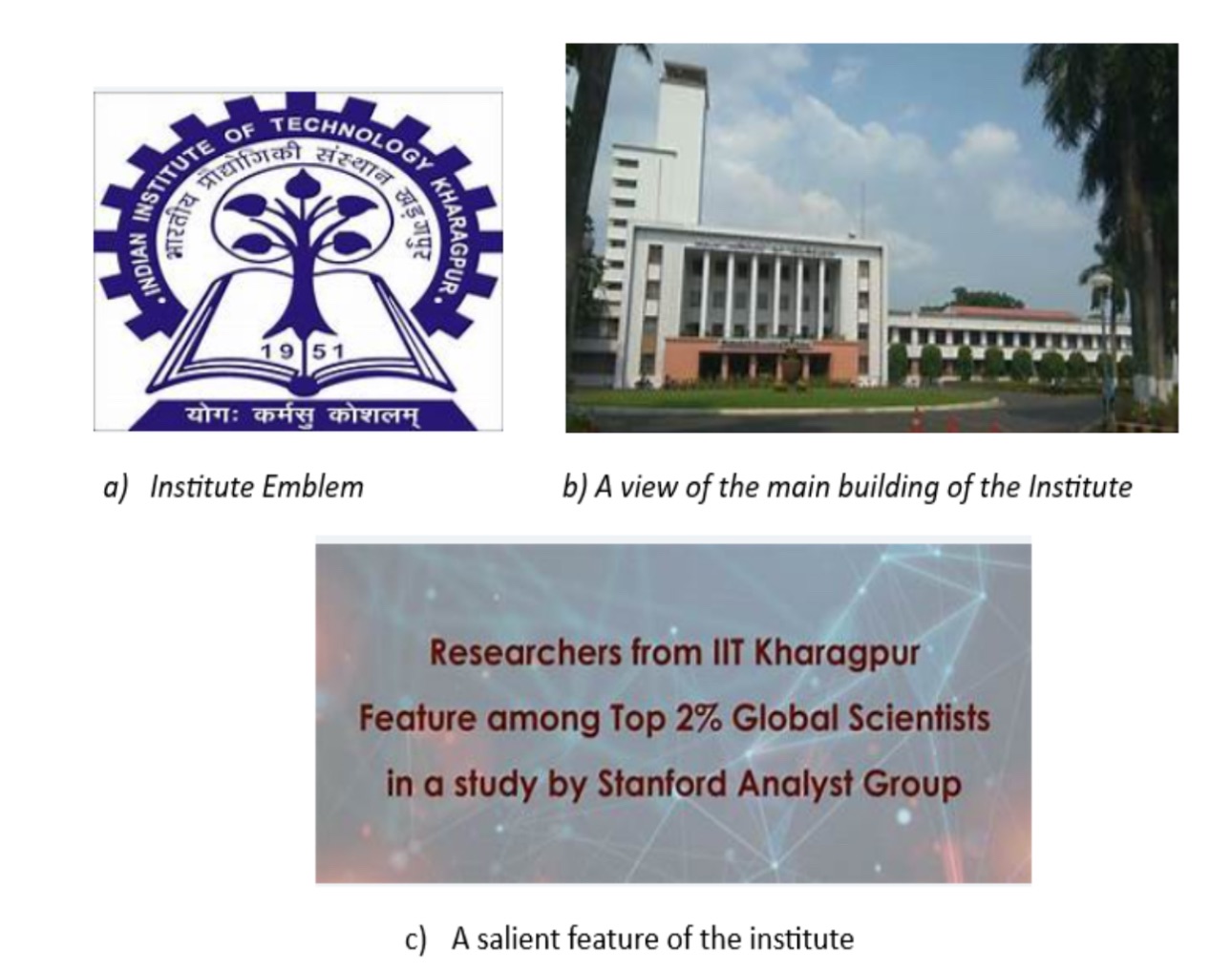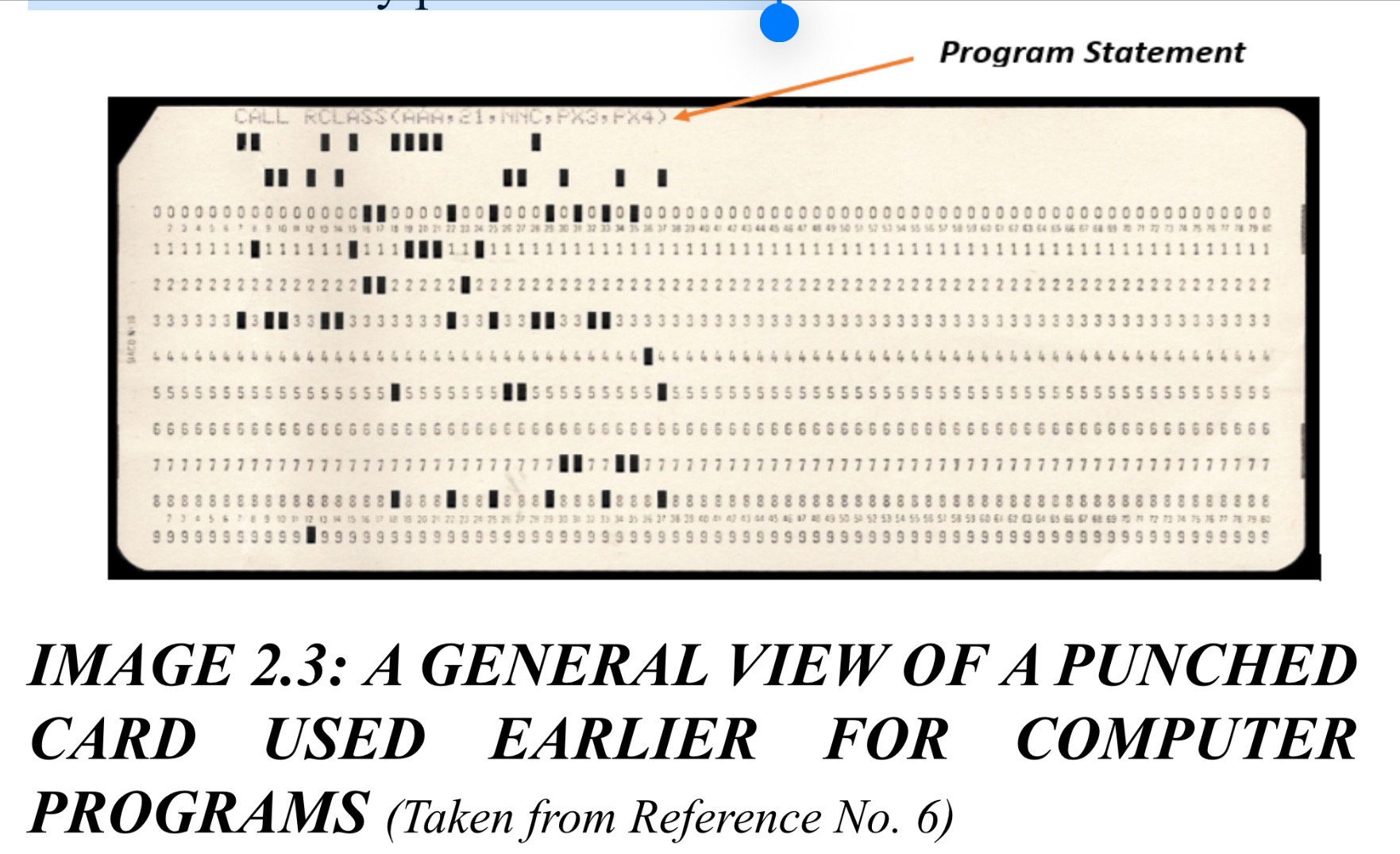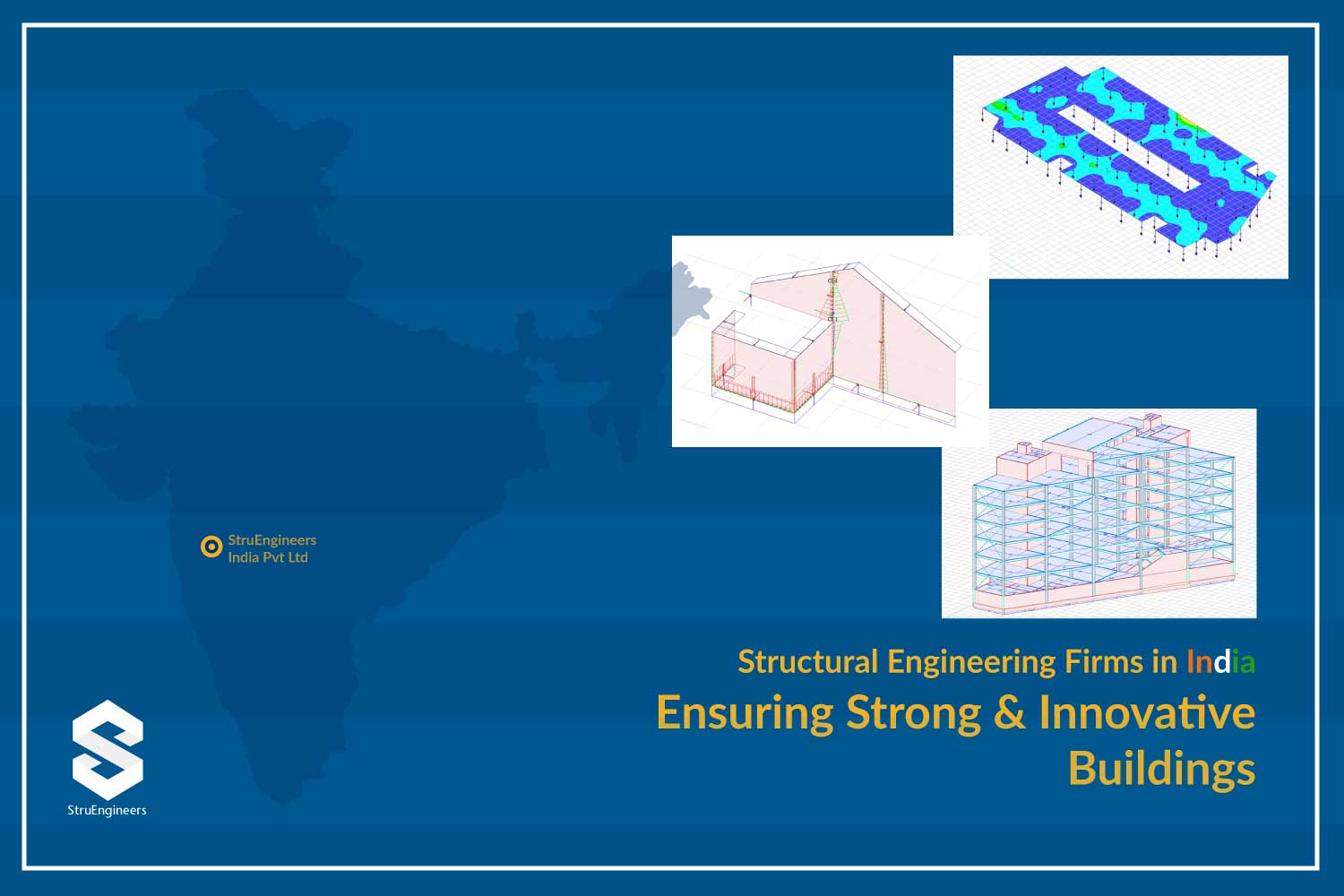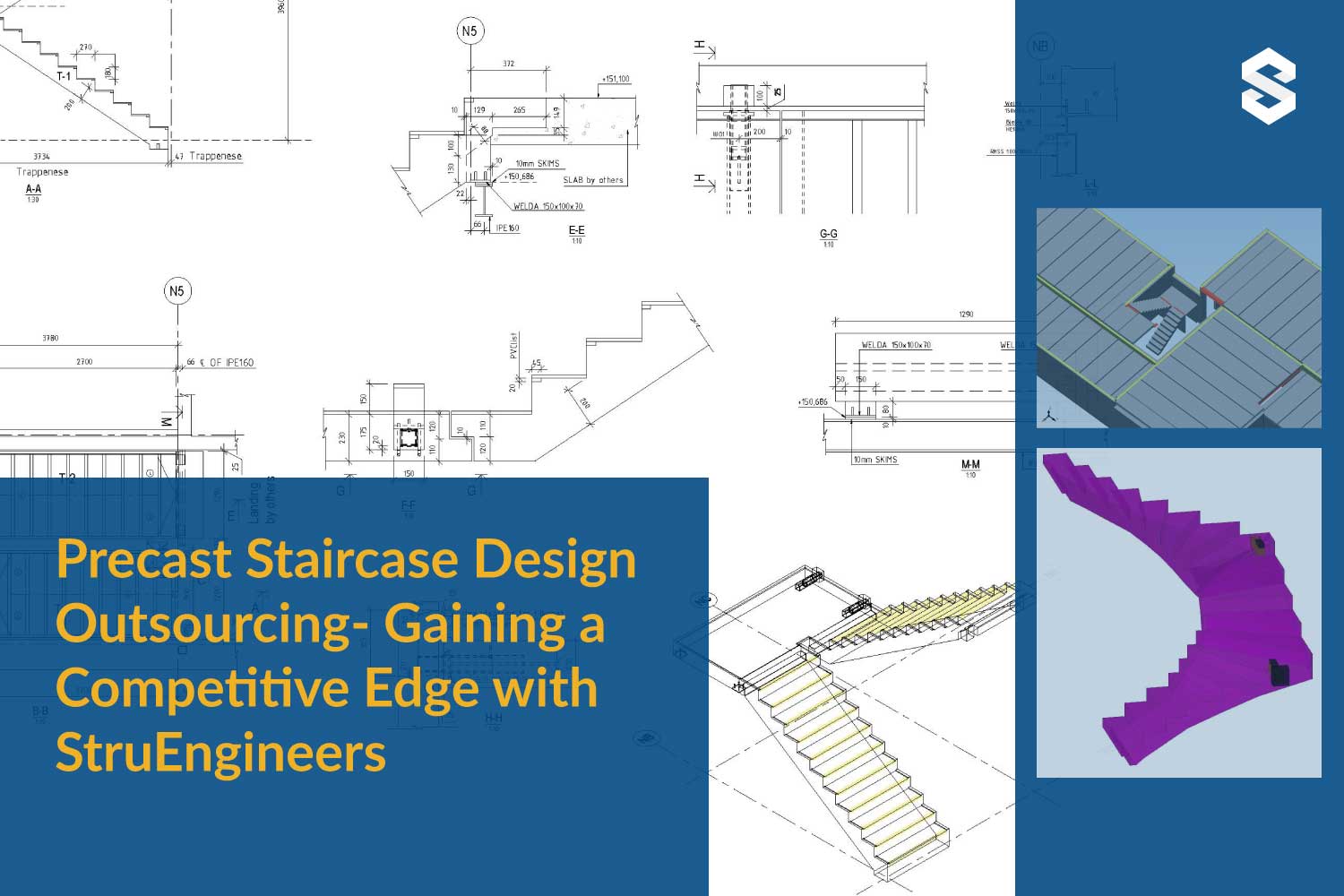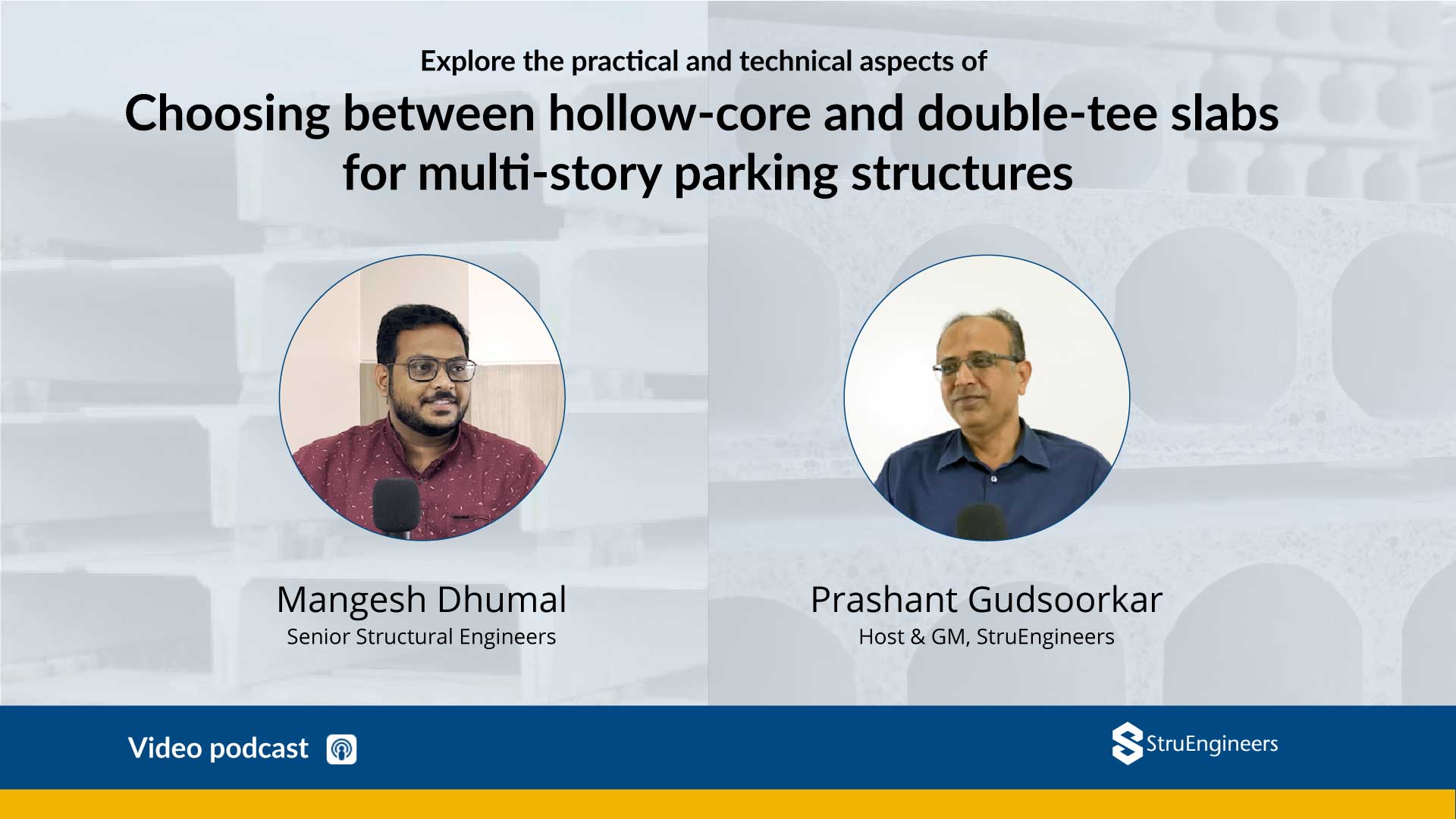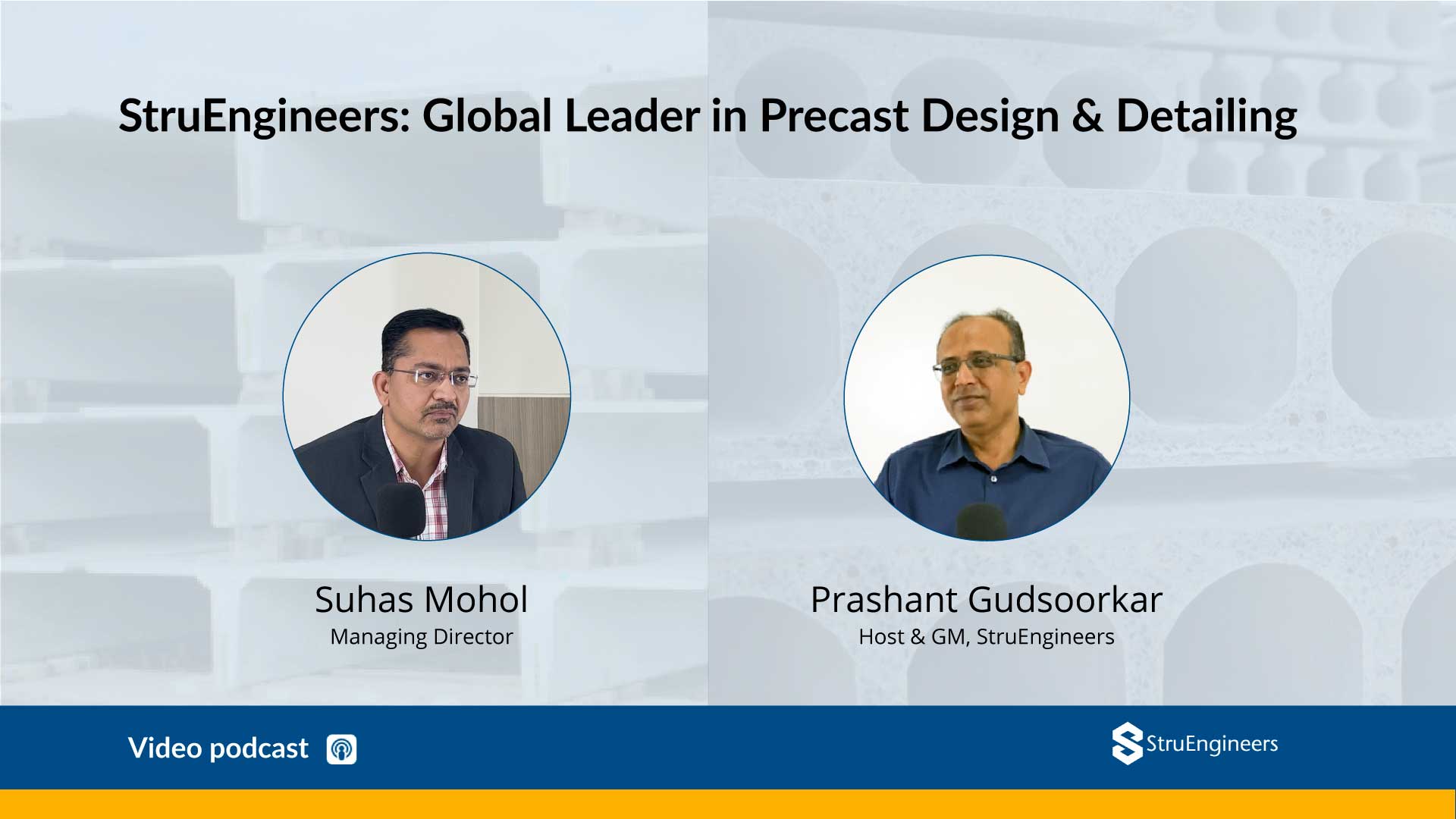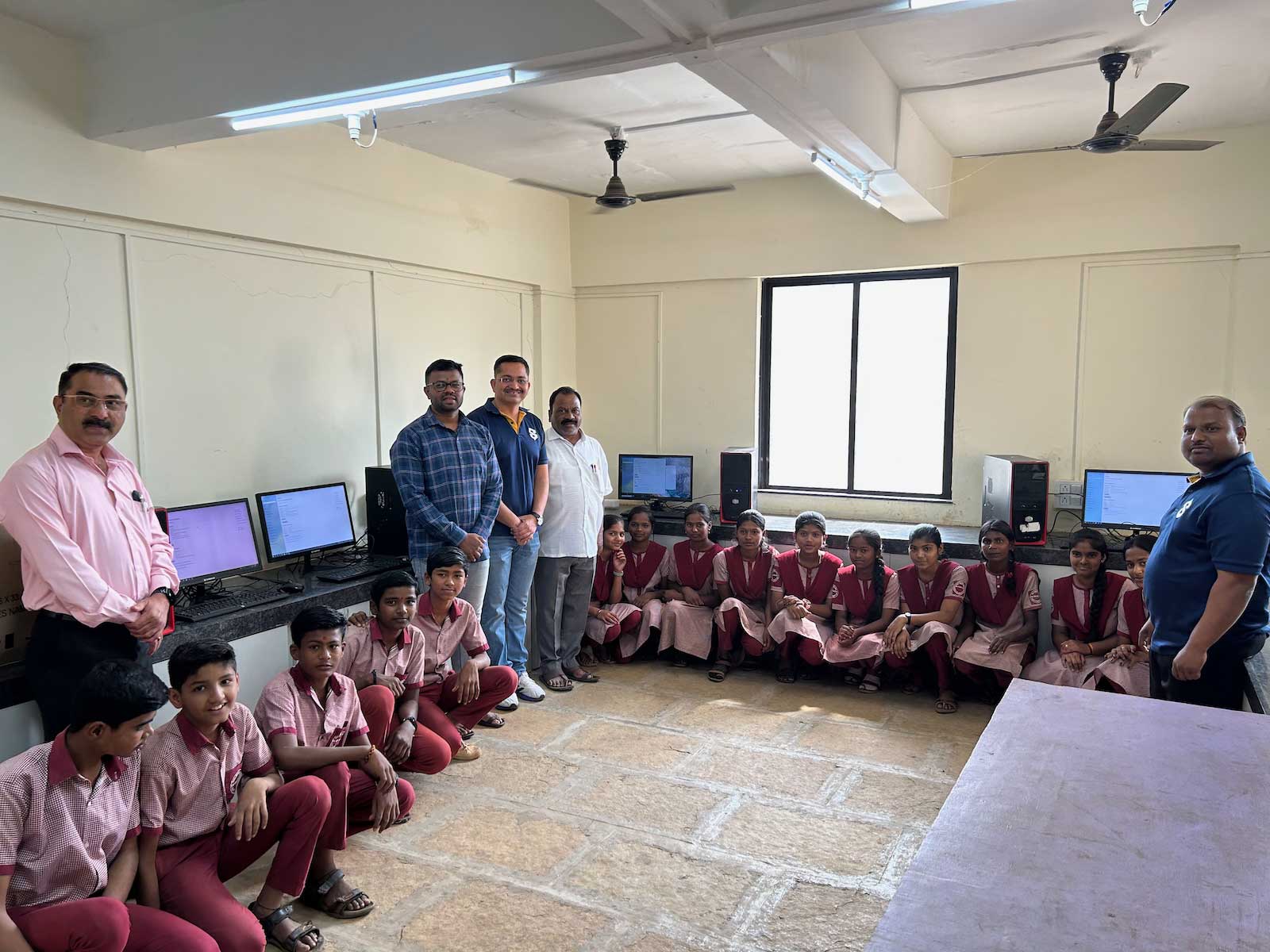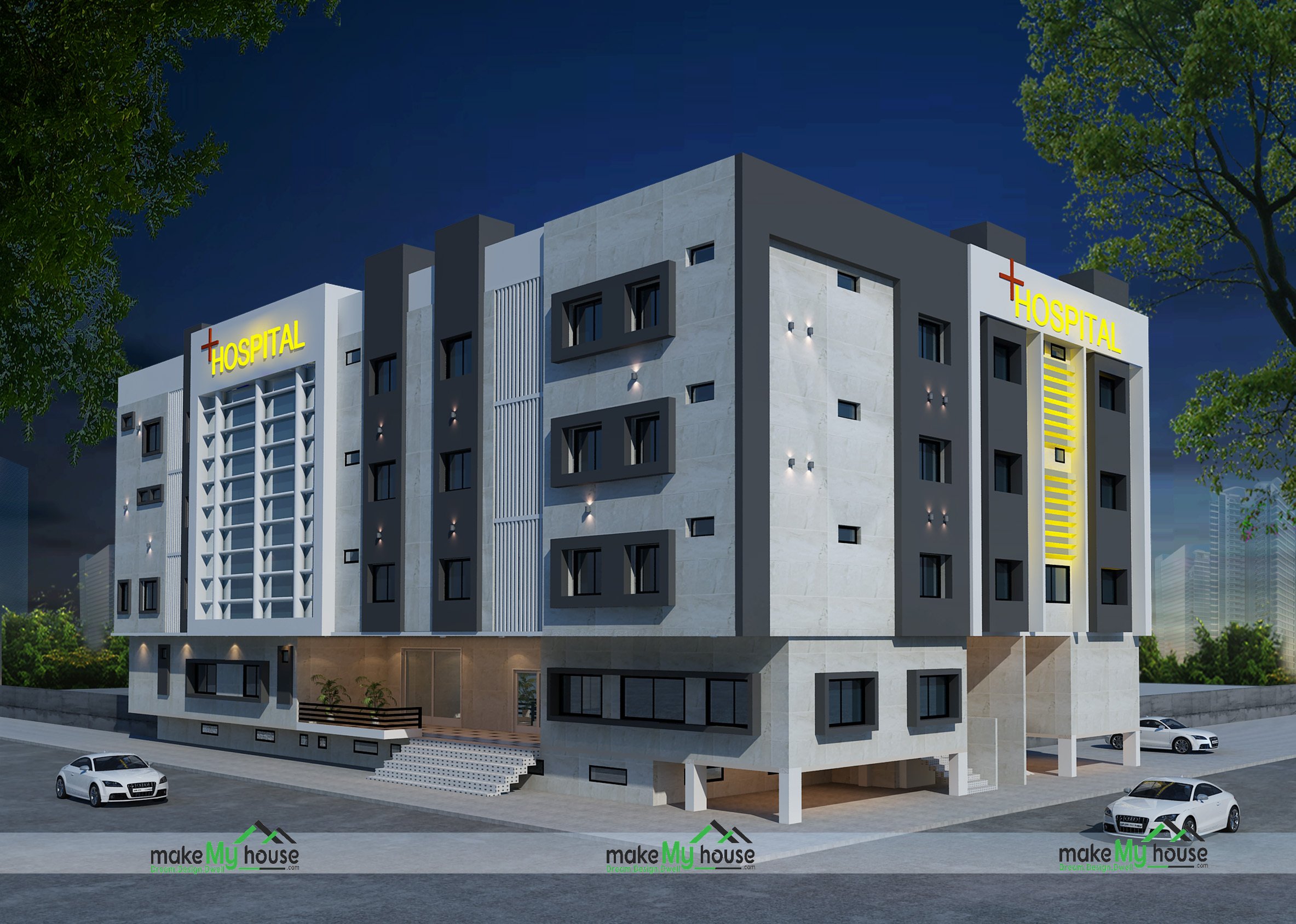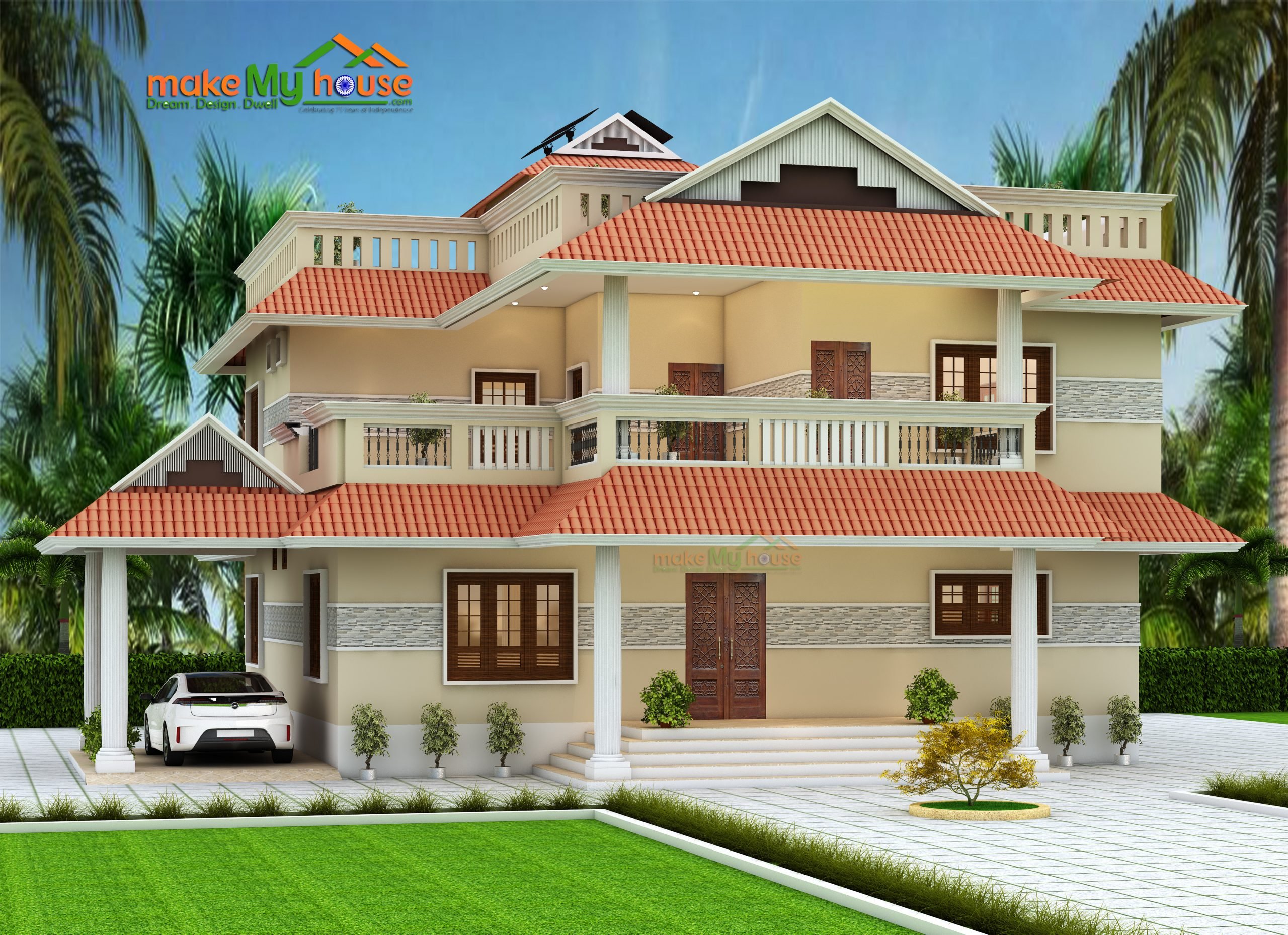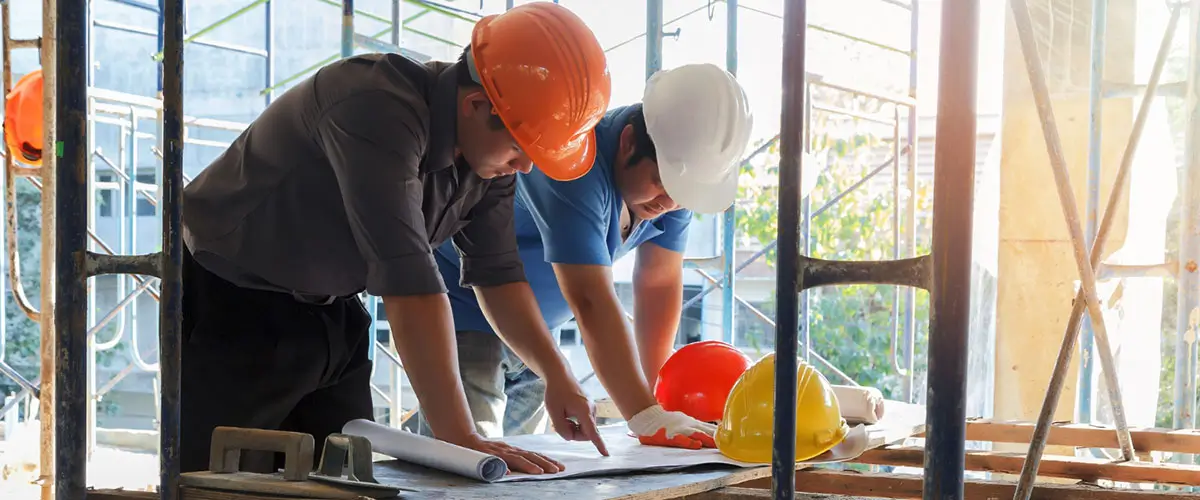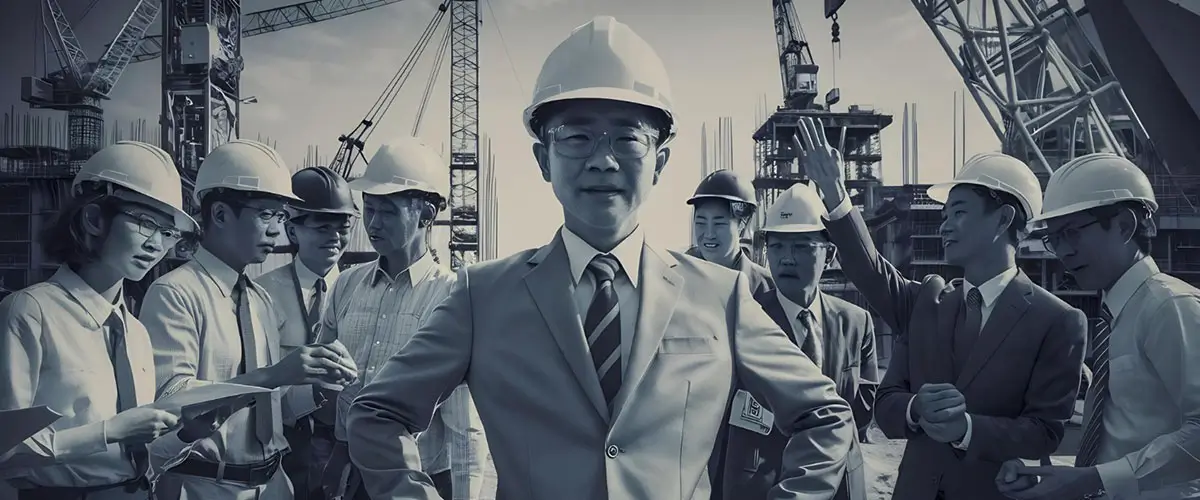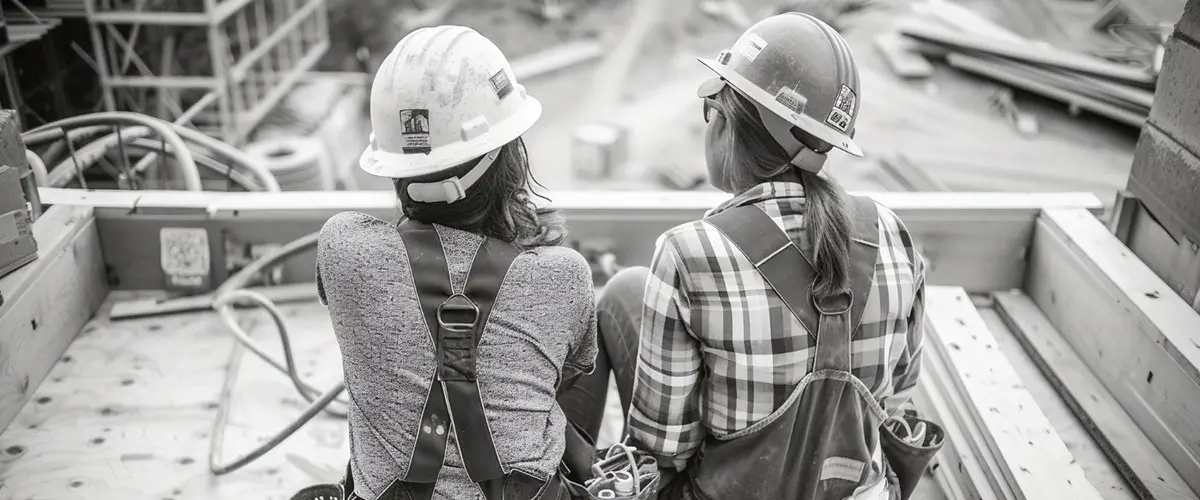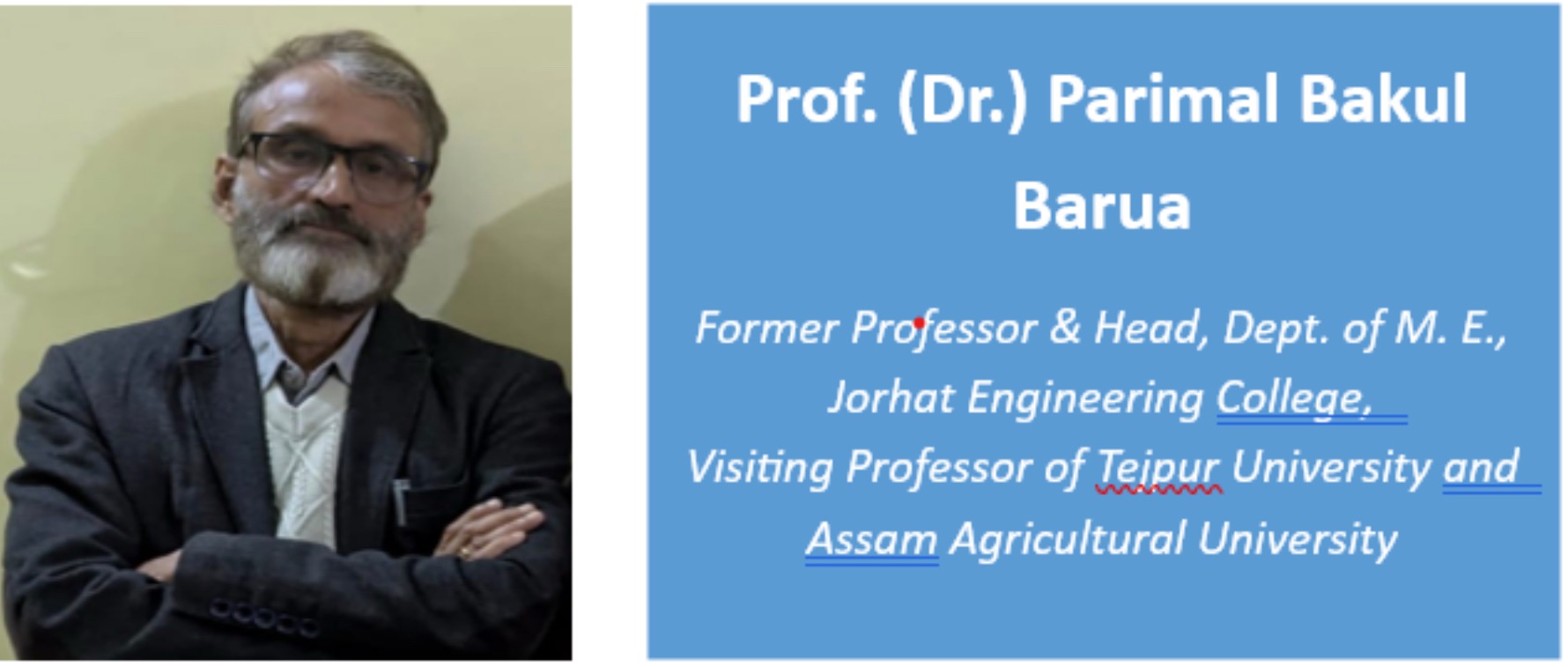
I extend my heartfelt gratitude to Prof. Barua for sparing his valuable time in reading my book page by page and writing an overview on it with all of his sincerity and honesty. Since his student-life, he has been known to me firstly as a brilliant product of JEC and then as a brilliant teacher highly respected by his students. He has dedicated his whole life to the profession of teaching and research. Fortunately, I deeply realised his highly appreciable qualities including his deep attachment to JEC during the period in which I was the Founder President and he was the Founder General Secretary of JEC Alumni Association.

I personally know many of his brilliant students shining professionally in India and abroad. I am sure, he feels proud of those of his ex-students today exactly the way I do. Finally, I extend my best wishes and blessings for his happiness during the retired life.
I now quote below his review of my book :
The Overview:(By Prof. (Dr.) Parimal Bakul Barua)
Dr. Hema Kanta Barua sir was a faculty member of JEC Civil Engineering Dept, when I joined as a student of Mechanical Engineering in JEC. Ours was a five-year integrated course in which we had to learn certain Civil Engineering and Electrical Engineering courses along with our own core courses. Barua sir was one of the leading faculty members in the department, and the then Civil Engineering students talked very proudly about him and his deliberations in the class. Many a times, I ventured to attend his classes only to comprehend his qualities as a teacher as I had a desire to become a good teacher myself, such that I may be talked about and remembered by the serious few students after I pull down the curtain of my active teaching life. I observed Barua sir very minutely in the class-room environment. With the qualities of strong communication, patience, empathy, adaptability and deep understanding of the
–page 2–
subject-matter, Barua sir stood tall above all. I was greatly inspired and so also were many others who came in association with this towering personality and a teacher of extra-ordinary calibre. He abruptly cut short his pure academic career and engaged himself in entrepreneurial activities and launched the technical paper “The Construction Tribune”, the first of its kind in NE Region. At the same time, he joined Tocklai Tea Research Institute as a professional engineer. Recently, he gifted me a technical book ‘A Journey Through the Construction Industry’ written by him. It was a great delight and I took sufficient time to study the unusual book written by a well-known practitioner with academics in his heart. Being studied and researched in Mechanical Engineering, I think I am not competent enough to review the book from Civil Engineering point of view. However, being deeply inspired after an intense reading of the book, I am attempting to write an overview of the book from a teacher’s point of view. Barua sir, to my delight, has derived his energy at his present age (above 80 years of age) to write such a book, as he himself said, from two generations of his students (I was his first-generation indirect student). This statement of his acknowledgement speaks a lot about his love, attachment and dedication to academics and the ‘inspiring’ students of two generations. The author (Barua sir) had an illustrious journey through the construction industry by being trained himself as an academician, an uncompromising researcher and a true practitioner in the field. His career extends to associations with academic institutions such as RIST, apart from JEC, and research institutions like TTRI. His abundant experience can be witnessed in this 320-page book. The book covers a vast expanse of knowledge – from basic civil engineering principles (basically structural and construction engineering) to seismic vulnerability of structures, sustainability and construction project management, and above all, the real-life cases of recent times (Articles on Miscellaneous topics). This book, in my opinion as a teacher, is an invaluable treasure for the Civil Engineering students in particular, and all other stake-holders engaged in construction industry. The inclusions of certain real-life cases in the light of structural and constructional point of view adds another qualitative dimension to the book. These analyses may be considered as case studies to put theories into practical framework. The academicians and students will be highly benefited in understanding the gap between theoretical concepts and practical application. The question of improvisation hits hard at the gap the practitioner encounters. The author suggests the ‘out of box’ solution in such situations through innumerable pragmatic solutions of problems he encountered in his professional career. I must say, this book by Dr. Hema Kanta Barua will be recognised as a pioneering work in this field. This book alone will carry testimony of his abundant knowledge, insight and practical engineering and architectural skill, and the legacy of his pioneering ideas and academic/professional contributions to the posterity.
(Parimal Bakul Barua)
I have posted the above-quoted Overview for the kind perusal of the esteemed viewers.
—H. K. Barua—



